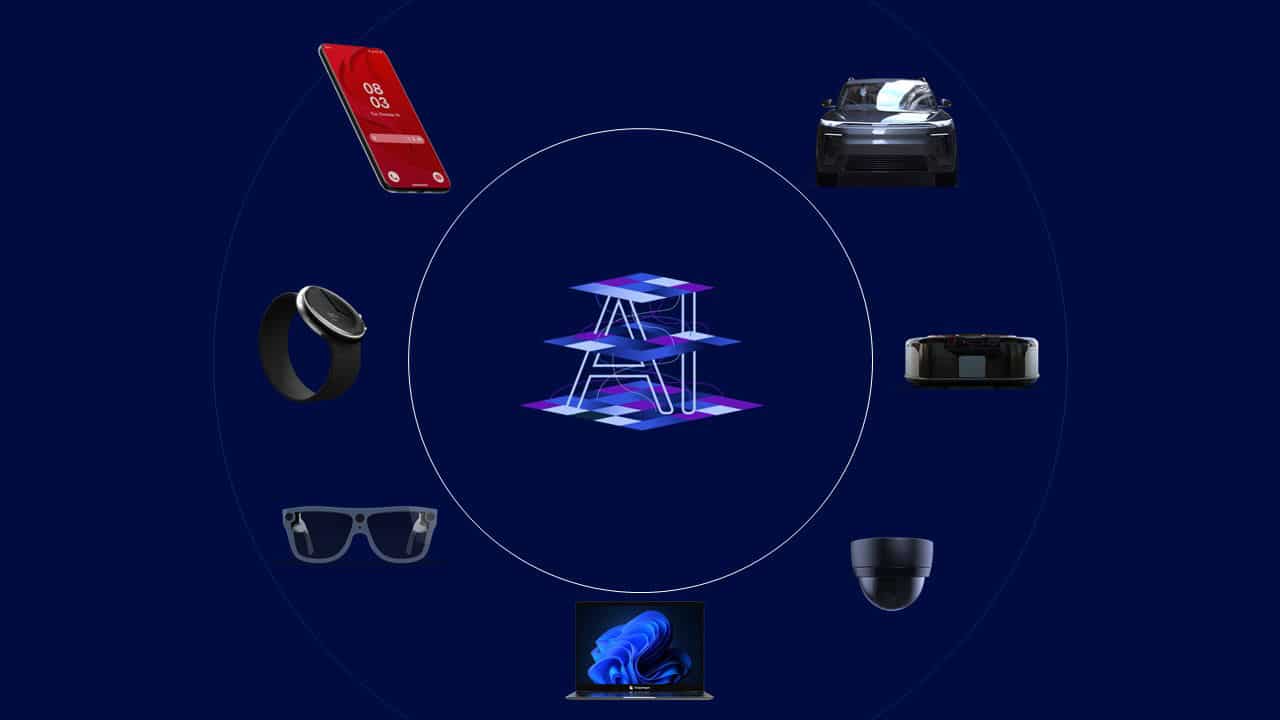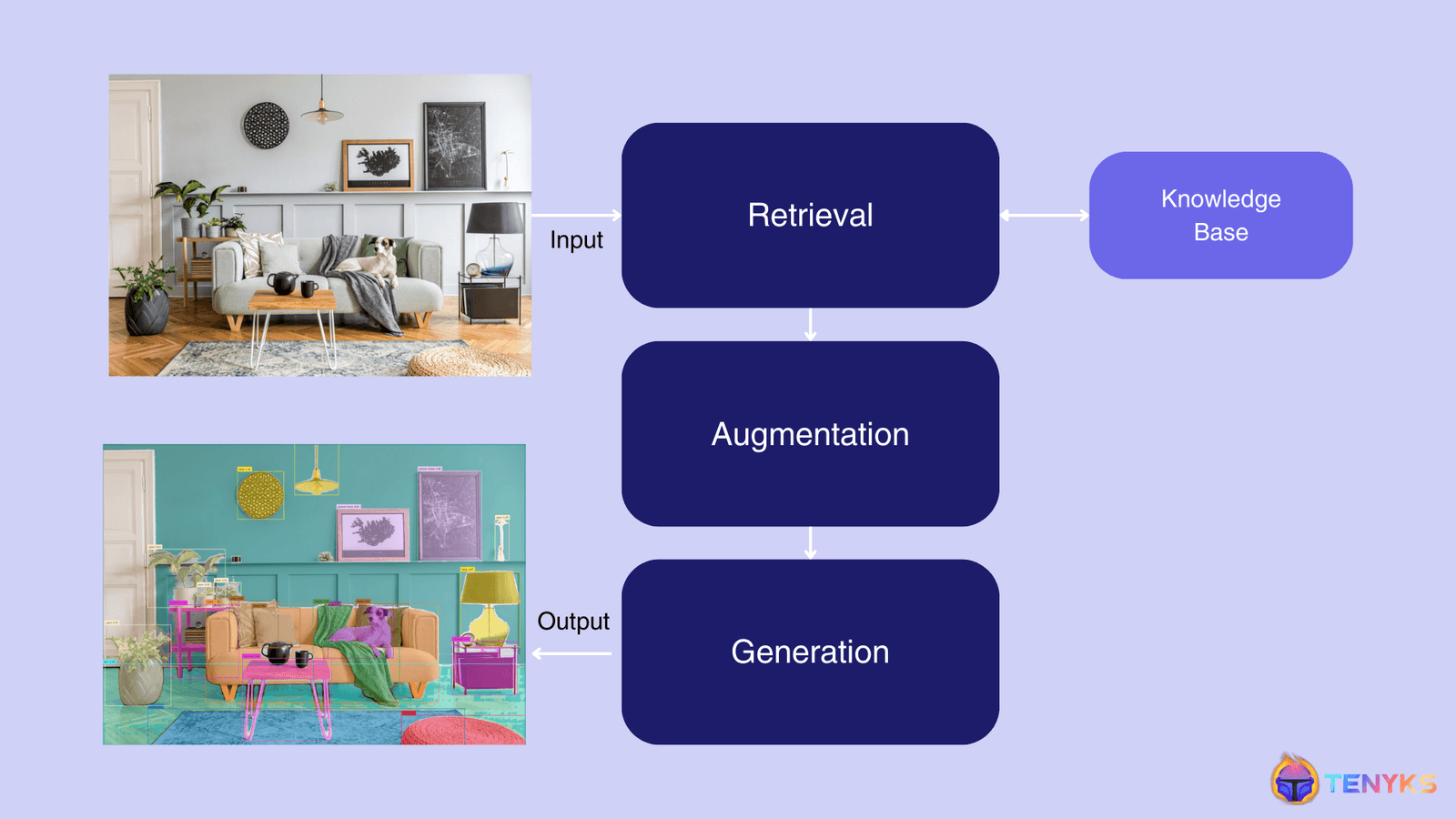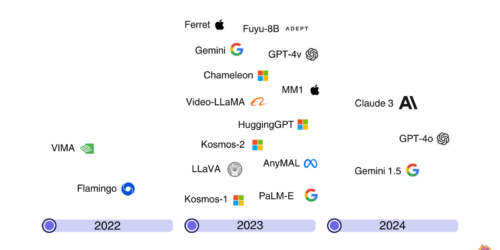AI Disruption is Driving Innovation in On-device Inference
This article was originally published at Qualcomm’s website. It is reprinted here with the permission of Qualcomm. How the proliferation and evolution of generative models will transform the AI landscape and unlock value. The introduction of DeepSeek R1, a cutting-edge reasoning AI model, has caused ripples throughout the tech industry. That’s because its performance is on […]
AI Disruption is Driving Innovation in On-device Inference Read More +











